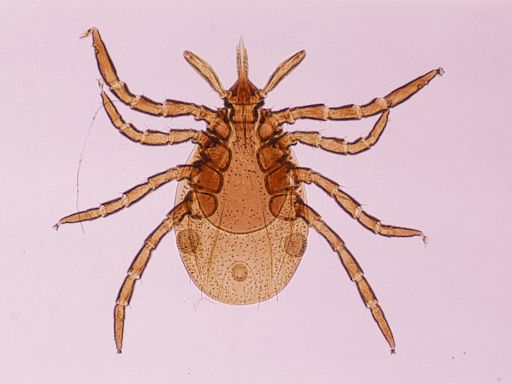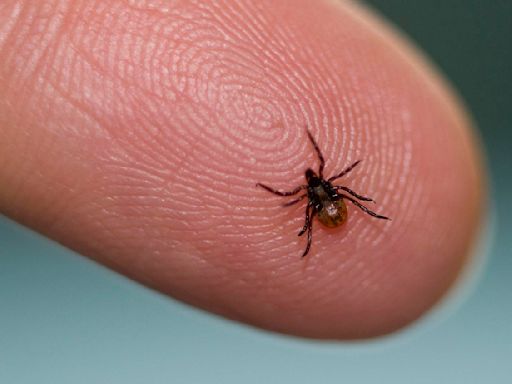Search results
People also ask
What are the symptoms of late Lyme disease?
What are the symptoms of early localized Lyme disease?
What are Stage 1 symptoms of Lyme disease?
Dec 5, 2023 · Late persistent Lyme disease usually occurs in those who did not receive early treatment. It's the most severe stage and can occur months to years following the initial infection. Damage to the joints, nerves, and brain is possible if not treated.
Common symptoms of late disseminated Lyme disease include: Arthritis with joint pain, warmth, and swelling that may be constant or come and go. Lyme disease-related arthritis typically occurs in one joint, usually the knee or another large joint, though it can also occur in more than one joint. Concentration issues, brain fog, and memory issues
- Self via Yahoo
5 Signs of Lyme Disease You Really Shouldn’t Ignore
...Pierre, MD, MPH, an infectious disease physician at Boston Medical Center, tells SELF: Stage 1: Known as localized Lyme because the bacteria haven’t spread throughout...the body Stage 3: Known as late-disseminated Lyme because the bacteria...super tiny (about the size of a poppy seed) and like to latch onto skin in humid, hard-to-see places...Pierre explains, you can’t always feel that it’s there, as “the bite usually isn...
4 days ago
- TODAY via Yahoo
Most tick bites go unnoticed. Here's how to identify and treat them
Ticks can be hard to spot but spread serious diseases. See pictures of what tick bites and rashes look like and get tips from experts on how to identify them.
3 days ago
Feb 10, 2023 · In the third stage, you may have symptoms from the earlier stages and other symptoms. This stage is called late disseminated disease. In the United States, the most common condition of this stage is arthritis in large joints, particularly the knees. Pain, swelling or stiffness may last for a long time.
Late neurologic Lyme disease is a third stage condition that can also be debilitating and difficult to diagnose. Late disseminated neurologic symptoms include numbness in extremities, mental fogginess and concentration problems, slower processing speed, and difficulty following conversations.
In addition to flu-like symptoms, this stage is often characterized by an increase in typical symptoms such as: chills. fever. headaches. fatigue. pain, weakness or numbness in the arms, legs. vision changes. Lyme carditis, heart problems, such as palpitations, chest pain. rash may appear on body. facial paralysis (Bell’s palsy)
Feb 15, 2022 · At this stage, which generally has its onset days or weeks after the tick bite, a person’s symptoms will usually include a fever, fatigue, and a rash, called the Erythema Migrans rash, 2 which has a distinctive bulls’ eye shape and affects around two thirds of people who develop Lyme disease.
Jun 16, 2023 · Late Disseminated Lyme Disease . In its late disseminated phase, the bacterial infection has begun affecting nerve and joint structures, causing significant complications. This stage can begin weeks, months, or years after the tick bite.


